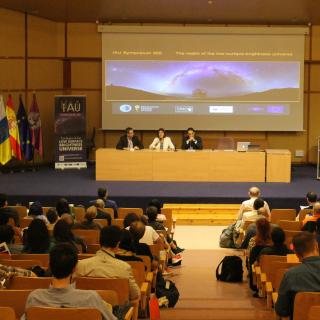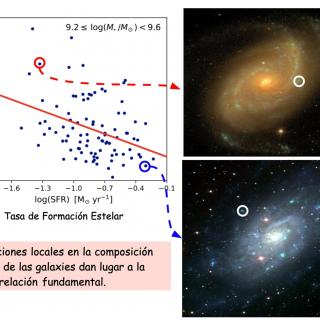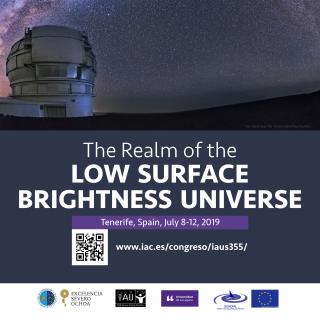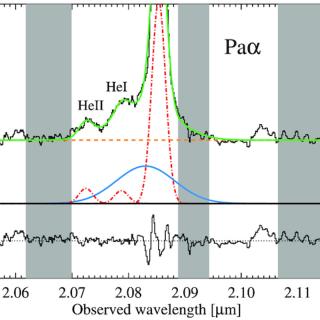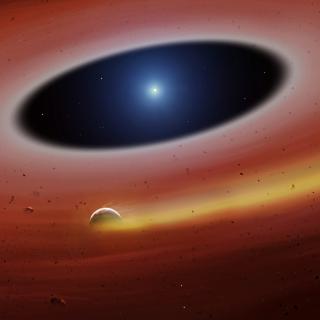
Numerous exoplanets have been detected around Sun-like stars. These stars end their lives as white dwarfs, which should inherit any surviving planetary systems. In fact, many white dwarf stars show signs of having accreted smaller bodies, implying that they may host planetary systems. A small number of these systems contain gaseous debris discs, visible through emission lines. Here, we report a stable 123.4-minute periodic variation in the strength and shape of the Ca II emission line profiles originating from the debris disc around the white dwarf SDSS J122859.93+104032.9. We used numerical
Advertised on

